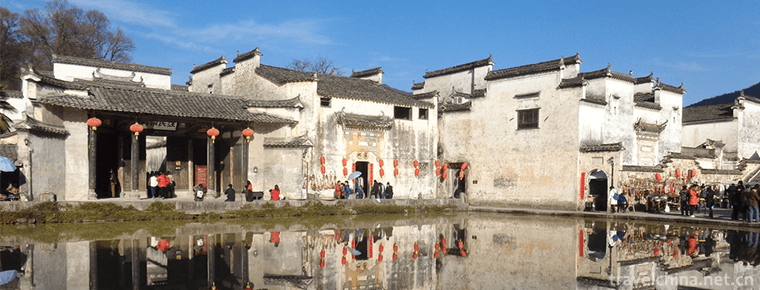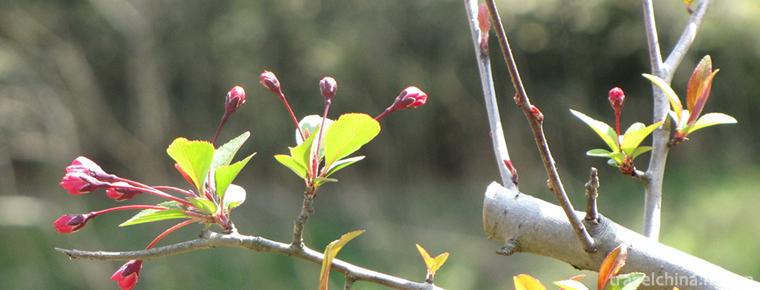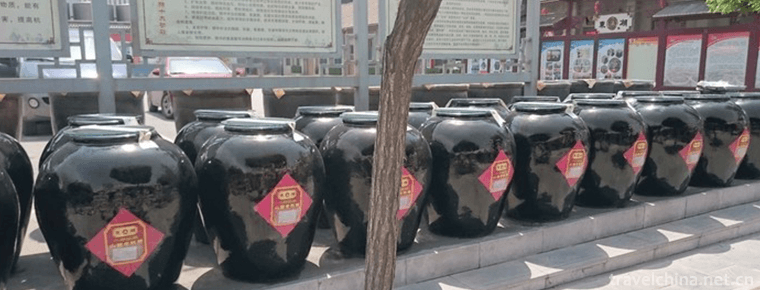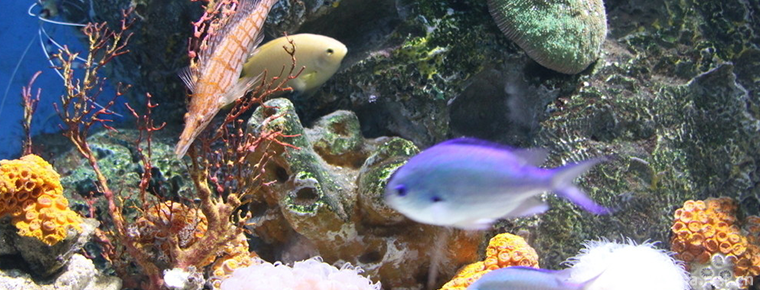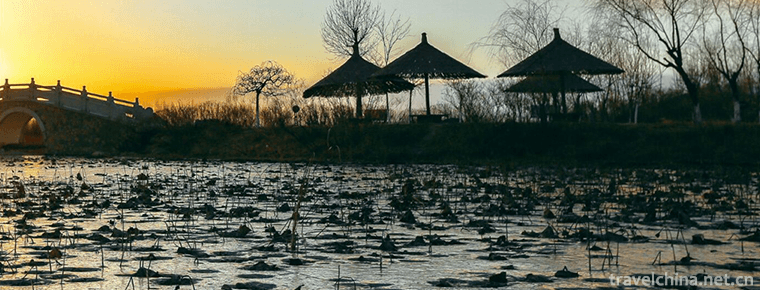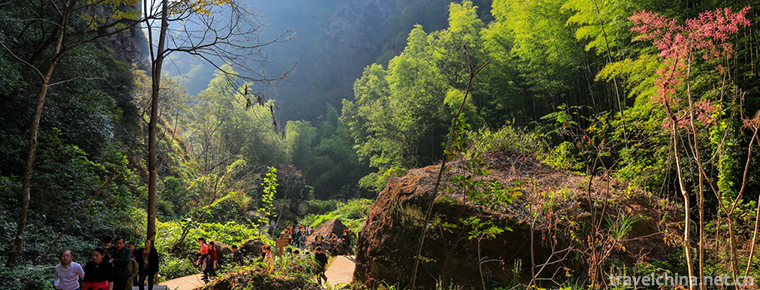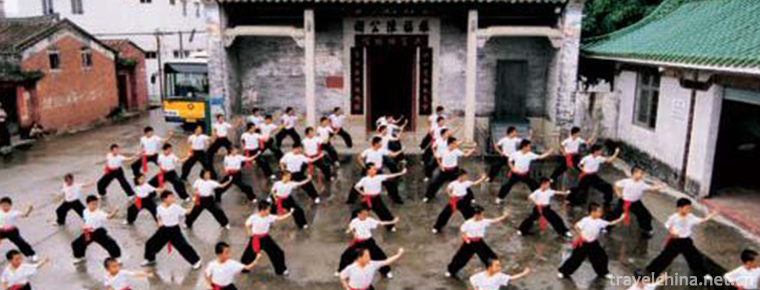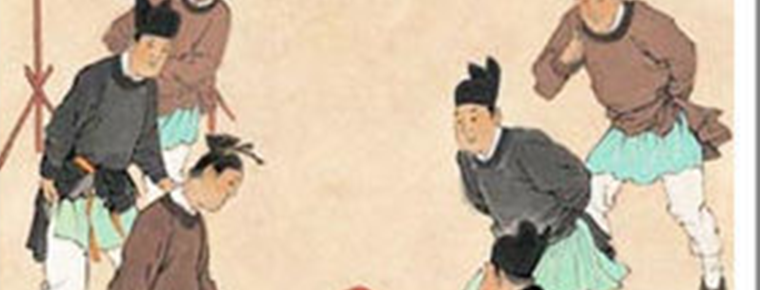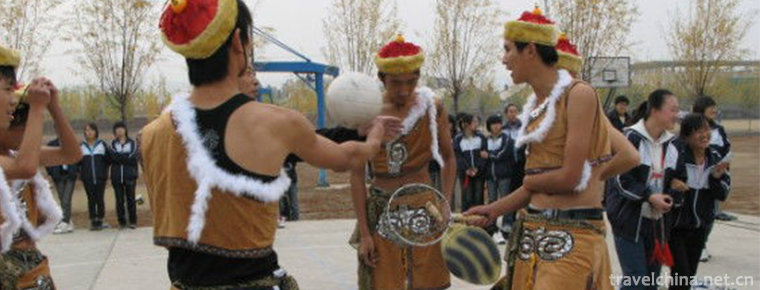Lake Manasarovar
Ma Pang yongcuo is 35 kilometers east of the town of Pu Lan county, Ali Prefecture, Tibet, and south of Qi Feng. The natural scenery around it is very beautiful. Since ancient times Buddhists have regarded it as the "world center" of the Holy land. It is the second largest natural freshwater lake in China and the most transparent freshwater lake. It is one of the three "Shenhu" in Tibet. It is also the birthplace of the four largest rivers in Asia.
The "Four Great Rivers and Water Sources" recorded in Yongzhong's "Xiangxiong Dazang Sutra, Du She Lun" refers to Matan Yongcuo, the mother of the Holy Lake. The East is the Ma Quan River, the south is the Peacock River, the west is the elephant spring river, and the north is the Shiquan river. "Marbian Yongcuo" - the "invincible Jasper lake," the Tibetan word "Marbian" means invincible, invincible.
Mapan Yongcuo was first named "Majue", or "Majue Cuo", which was the name of the Dragon King of Guangcai in Yongzhong's original religion. The Buddhist scriptures say that there are four Dragon Kings in the four great lakes. In the beginning, they always stir up trouble and endanger the people. In the Tang Dynasty, when the Tibetan king Chisong Dezan was in power, lotus and peanut showed great miraculous powers. They accepted the four Dragon Kings and converted them to Buddhism. Since then, the name "Majutsuo" has also been changed to "Mabian Yongtsuo". Sometimes "Mafa Mutsuo" has been written, meaning "eternal Jasper Lake" in Tibetan.
It is said that Mapan Yongcuo is the holiest lake, the dew of the world bestowed by Shengle, and the holy water can wash away the troubles and obstacles in people's hearts. She is the oldest and most sacred place in Yongzhong, Hindu Buddhism, all the holy places of Hinduism. She is the perfect lake of the soul. She is the real heaven in the universe. She is the Shangri-la of the gods, the heavenly world of all things. Hinduism says it is the home of Shiva.
China's largest freshwater lake and second largest water storage natural lake. Tibetan means "undefeated and victorious" and is known as "God Lake". Located in Pulan County, Tibet Autonomous Region, between the main peak of the Gangdise Mountains, Mount Gangrenboqi and Mount Namunani of the Himalayas. Ma Pang yongcuo also called ma FA Mu Cuo, once called ma Chuo Cuo. Once connected with Laantso, it became an internal lake after plugging and accumulation of ice water. The lake is "pear shaped", the north is wide and the south is narrow, the long axis is 26 kilometers long, and the short axis is 21 kilometers long. The lake is 4588 meters above sea level. The average depth is 46 meters, the maximum water depth is 81.8 meters, and the area is 412 square kilometers. The lake is clear and transparent, 14 meters. The salinity of the lake is 400 mg / L. it belongs to freshwater lake and contains trace elements such as boron, lithium, fluorine and so on. The supply of glacial melt water and rainwater is also mainly supplied. The shoreline is straight, circumference 83 km, and coastline development coefficient 1.15. The east coast and the South East Coast terraces are developed. There are many hot springs around the lake. In alluvial plains and piedmont alluvial fans, the desert steppe was dominated by S. deserticola and mixed with S. pinnatifida and S. purpurea, and swampy vegetation meadows consisting of S. sinensis, P. sibirica, Artemisia tibetica and B. licheniformis were developed on lakeside terraces. The lake area is mainly pastoral, and the lake is produced by the fish and the naked carp.
The Buddhist temple called "holy lake". Every summer and autumn Buddhists help the old and bring the young to come here to "pilgrimage", in the "holy water" in the "bath body" to "prolong life.
Mapan Yongcuo is known as the mother of the world's rivers. It is the place Xuanzang, a famous monk of the Tang Dynasty, called the "West Tianyao Pool" in The Records of the Western Regions of the Tang Dynasty.
Marpin yongcuo is the most transparent lake in China at present. There are 8 temples around Ma Pang Yong Po, which are distributed in all directions of the lake. In the east, there are Sakyamuni Niekao Temple in the southeast, Gelug Chugu Temple in the south, Bhutanga Kuo Temple in the southwest, Jiaji Temple in the northwest based on 500 arhats, Qiwu Temple in the west, Langna Temple in the north, and the Japanese temple in the northeast of Gelug School.
Next to marpin yongcuo, there is a salt lake, which is called "the Black Lake". Marpin yongcuo is a freshwater lake while lagang is a salt lake.
In the teachings of Yong Zhong Ben, Ma Pang yongcuo was described as the palace of the Dragon God. The "dragon" in this religion is a Chinese translation of Tibetan klu, which is different from the concept of "dragon" in Chinese culture.
The "dragon" of the Han nationality is often a specific animal with scales, horns and feet, capable of flying and swimming. The "dragon" in this religion does not take an animal as a prototype, but can be transformed into a personality God of many different animals. It can be either a fish or a snake. The classic "100,000 Dragons" describes it as the head of a snake, a horse, a lion and a bear. In many murals, Tangka, it is often a mermaid image, the head of a snake or a mermaid's tail, very beautiful.
Tibetan worship of the Dragon God has a long history. Legend has it that Zampur was married to the Dragon Girl before the Tortorian anniversary, and the famous King Gesar was the son of the combination of the God and the Dragon Girl. It was the combination of Hsien Rao and the Dragon girl who gave birth to their daughter that the Dragon girl was no longer harmful. The most primitive classic of this religion, The Black White Dragon Sutra, says that there are 500 dragon palaces in the water. The dragon gods who live in the palaces have children under the water like human beings. They live a rich and happy life with pearls, coral, nine-eyed pearls and pine ear stones. If people want to make a fortune, they have to sacrifice the Dragon God.
In Tibet, the early Catholics called it "Majuicuo". Legend has it that a large number of treasures were gathered at the bottom of the lake, so it was named after "Majuicuo" in the name of the Dragon King. It means "forever undefeated Lake" in Tibetan. This is how the lake was formed in Qunidogi's "Introduction to Matan Yong's Mistakes": Before the birth of Matan Yong-cho, there was a Bodhisattva's heartfelt king Woodfall. On his way to the jungle, he saw the plight of the musicians in their old age, illness and death, and asked his teacher: Should these pains belong to a wise gentleman? Answer: should belong to all mortal beings. The king then consulted the law of relieving pain. Answer: only giving. So the king had many houses built and invited all the poor victims to provide them with food and clothing for 12 years. With the cooking of rice boiling water gathered more, 12 years of time has made a lake.
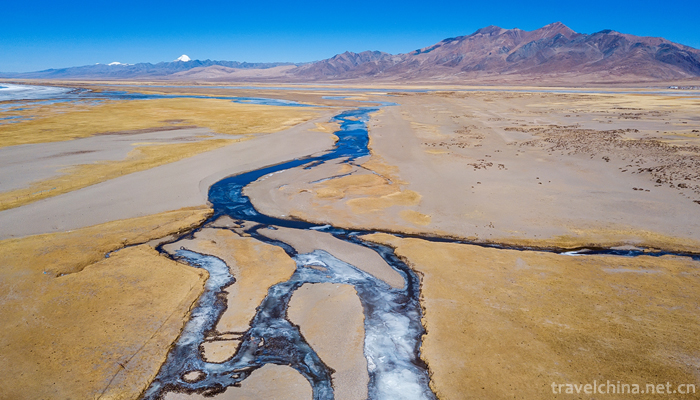
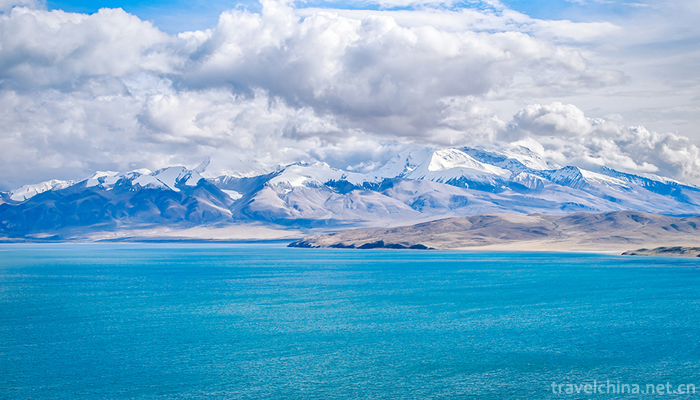
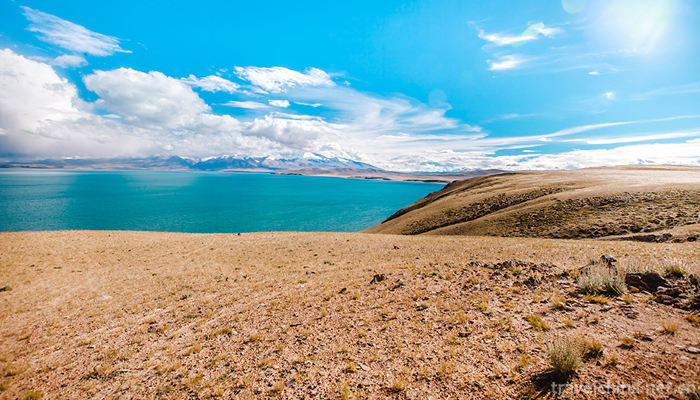

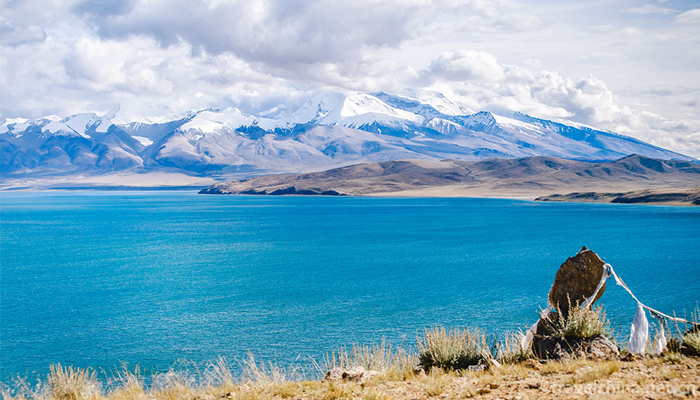

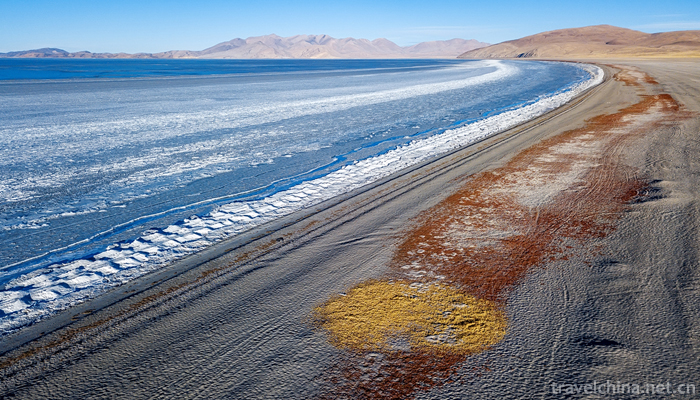
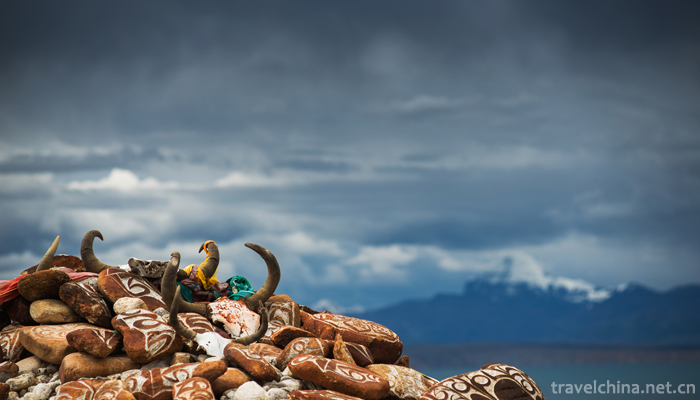
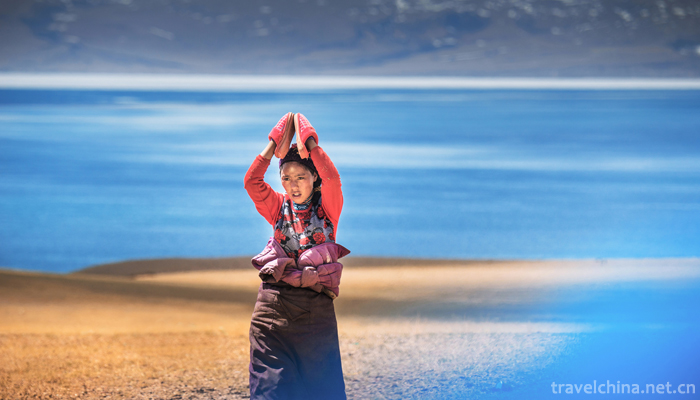
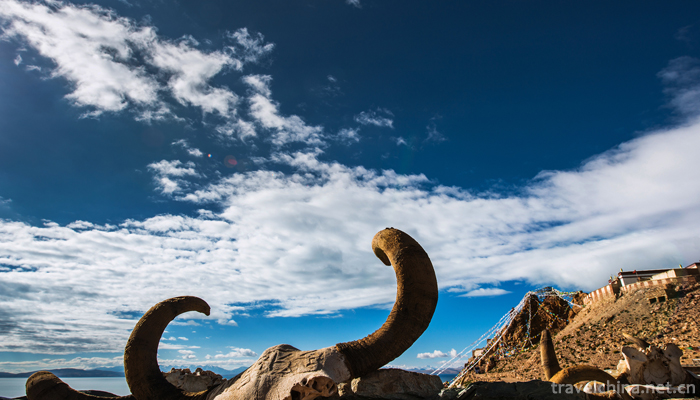
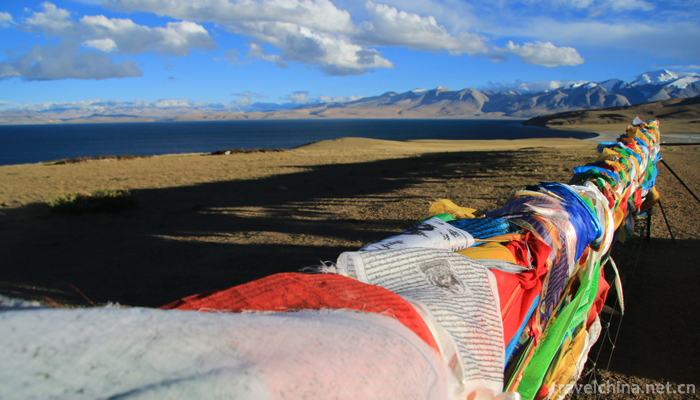
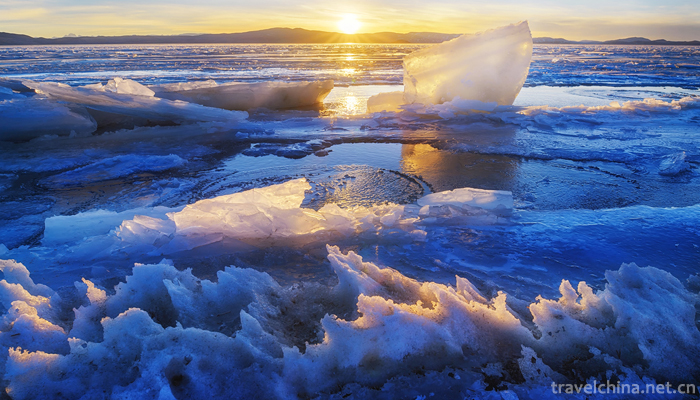
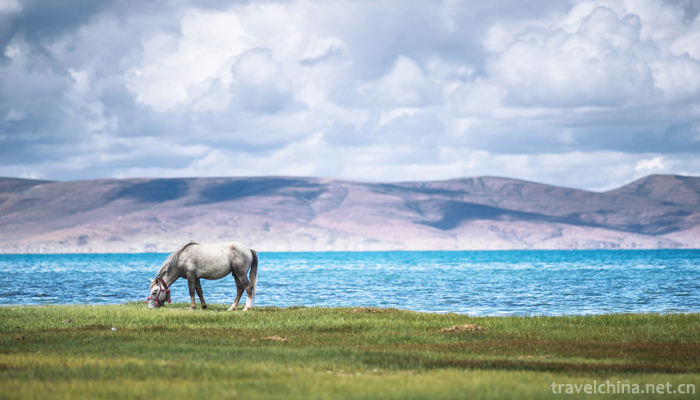
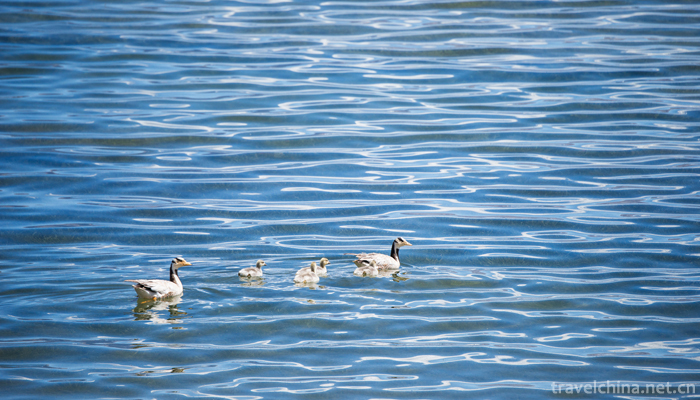
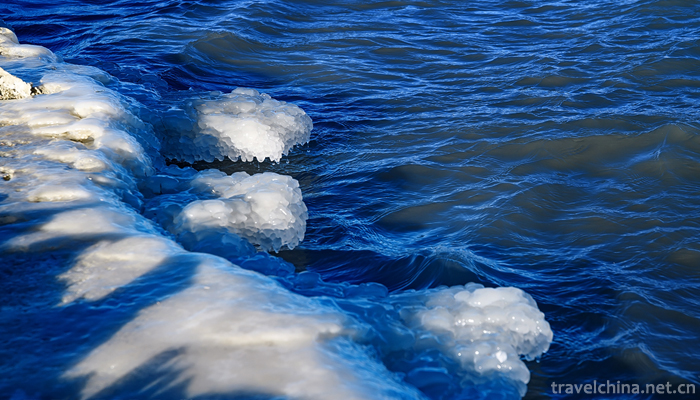
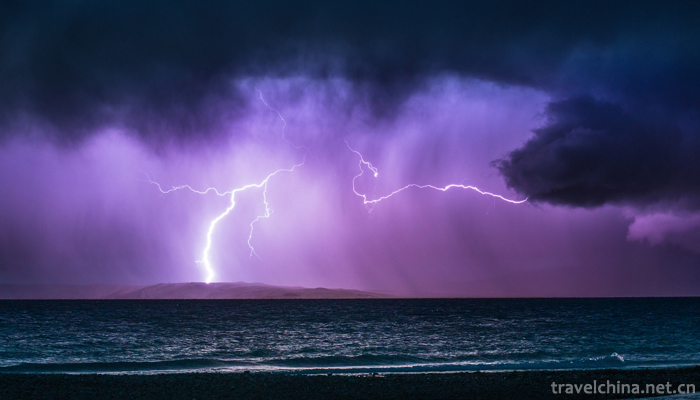
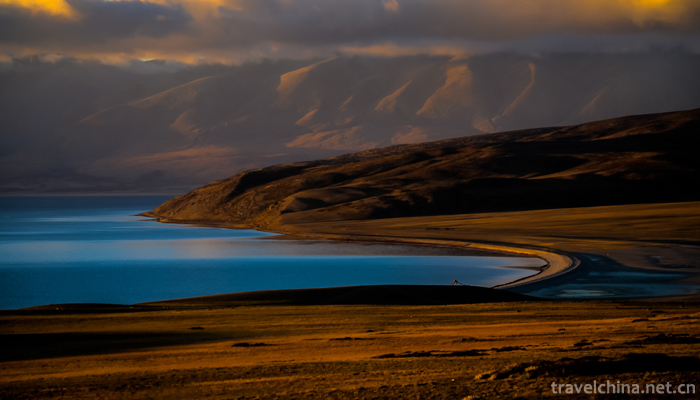
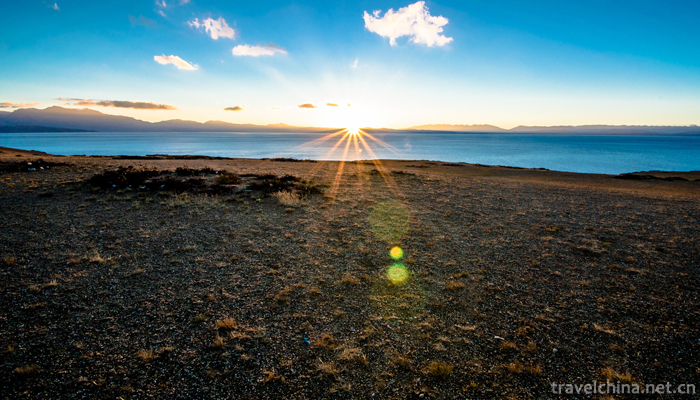
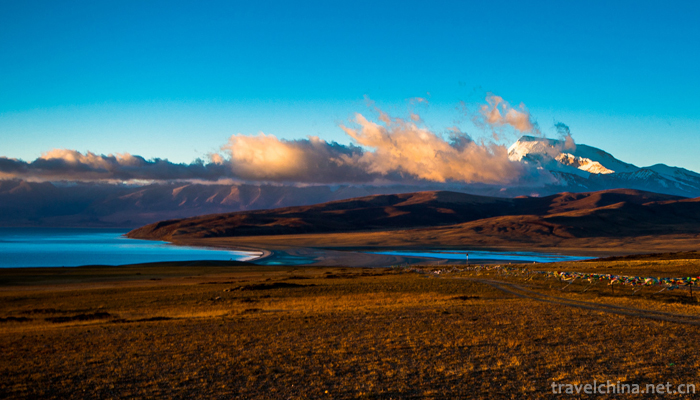
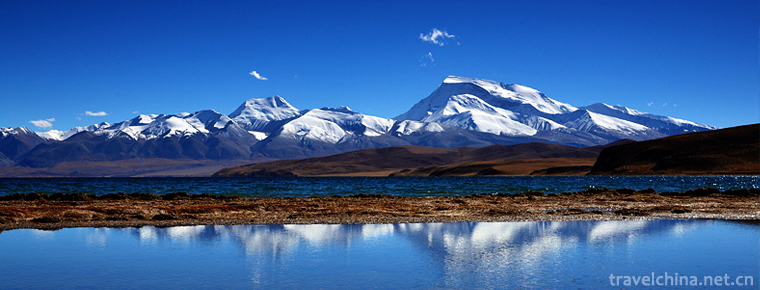
Lake Manasarovar
-
Ancient Villages in Southern AnhuiXidi and Hongcun
Ancient villages in southern Anhui refer to some traditional villages distributed in Anhui and Jiangxi provinces of China and south of the Yangtze River.
Views: 113 Time 2018-12-08 -
Gucun Park Shanghai
Gucun Park is located in Gucun Town, Baoshan District, from north to Shapu, south to Jiazaobang, and adjacent to Huanbei Avenue of the Outer Ring Road,
Views: 110 Time 2018-12-19 -
Vinegar garden in East Lake
Donghu Vinegar Garden is located at No. 26 Madaobo between Dongshan Expressway and Jianbei Road in Taiyuan City. It covers an area of more than 20,000 square meters. Shanxi is most famous
Views: 149 Time 2018-12-20 -
Dalian Sun Asia Ocean World
China's Romantic Marine Theme Paradise and Romantic Dalian Tourist Resort - Dalian Sanya Marine World. Located on the west side of Xinghai Square and in Xinghai Park, facing the sea and adjacent to ya
Views: 188 Time 2019-01-07 -
Mingcui Lake National Wetland Park
Yinchuan Mingcuihu National Wetland Park is located in Zhangzheng Town, Xingqing District, Yinchuan City, Ningxia. It is 9 kilometers away from Yinchuan City and 3 kilometers
Views: 185 Time 2019-02-07 -
Taining World Geological Park Fujian Province
Fujian Taining World Geological Park, located in Taining County, Sanming City, northwest Fujian Province, covers an area of 492.5 square kilometers, of which Danxia landform
Views: 180 Time 2019-02-13 -
Cai Lifo quan
Cai Li Foquan is one of the Nanquan in Chinese traditional boxing. Legend has it that Chen Heng (1806-1875), a native of Jingmei Township, the new capital of Guangdong Province,
Views: 205 Time 2019-04-04 -
ancient game of kicking a ball
Cuju, also known as "Biju", "Cuju", "Cuju", "Cuyun", "Cuyun", "building a ball" and "kicking a round", has the meaning of "Cu
Views: 178 Time 2019-04-22 -
Manchu Pearl Ball
Pearl ball is a traditional sport of Manchu, originally known as pearl picking, which originated from the ancient pearl picking production activities of Manchu. In the age of Taizu Nuerhachi in the Qi
Views: 302 Time 2019-05-20 -
Panzhihua famous specialty
The snacks in Panzhihua are mainly Sichuan flavor. The most popular snack in Panzhihua is mutton rice noodles. The rice noodles cooked by pure mutton soup, together with bean paste, pepper, millet and other seasonings, have a unique and representative flavor
Views: 303 Time 2020-12-14 -
Deyang climate
There are obvious differences in climate between the mountainous area in the northwest and the plain and hilly area in the southeast of Deyang City. The main climatic characteristics are: mild climate, four distinct seasons, abundant rainfall, long frost free period and obvious
Views: 93 Time 2020-12-14 -
Mineral resources in Dazhou
As of 2012, 38 kinds of minerals have been found in Dazhou City, with more than 250 producing areas. Among them, there are 28 proven reserves, 146 producing areas, 28 exploitable and 21 developed. The proven reserves of stone coal are 763 million
Views: 156 Time 2020-12-20
